Municipal Cemetery of Tlacotalpan
The graveyard displays the colonial Mexican and Caribbean architectural fusion that defines this city.
When the “Historic Monuments Zone of Tlacotalpan” was declared a UNESCO World Heritage Site in 1998, one of the reasons for this title was the way it represented a clear fusion of the architectural styles of the Spanish colonies and of the Caribbean region in general. But Tlacotalpan is not located on the Caribbean, or on a seashore for that matter. Instead, it is located along a bank of the Papaloapan River, not far from the Gulf Coastline of southern-central Veracruz state.
This area of the state is the homeland of Jarocho culture. Owing to the nearby Port of Veracruz and the major role it played in migration to and from Mexico, Europeans, Arabs, Africans, and people indigenous to the region as well as those from the Caribbean all contributed their ways of life, music, dance, cuisine, and architecture to Jarocho culture.
While early cities established by Spanish conquistadors and missionaries were mostly built with European colonial traditions, later settlements like Tlacotalpan had more input from other sources, as well as features that made more sense in this tropical setting, with the main influence in this case originating in the Caribbean. Tlacotalpan’s avenues are wide, and most houses are single-story and feature patios that allow for a breezy respite from the heat. The buildings are painted in several bright shades but still feature white accents, and palm tree-filled gardens are commonplace. Many of these architectural and cultural characteristics are reflected in the city’s municipal cemetery.
Similar to graveyards located in the actual Caribbean, the municipal cemetery also features a significant amount of white. The niche walls, probably its most impressive feature, have white niches on bright blue walls. The arched entrance to the cemetery features the same color scheme.
Many of the tombs are painted white or covered in white tiles (with blue complementing again) and built in the regularly-eclectic style of Mexican graveyards. Many graves feature religious imagery like holy families, crucifixions, and Catholic saints, and other have motifs from nature. Some combine both, showing an image of Jesus inside a seashell, for example. Vegetation in the cemetery includes palm trees growing in the nutrient-rich, muddy soil of this riverside town, along with flowers (plastic and not) brought by grave visitors.

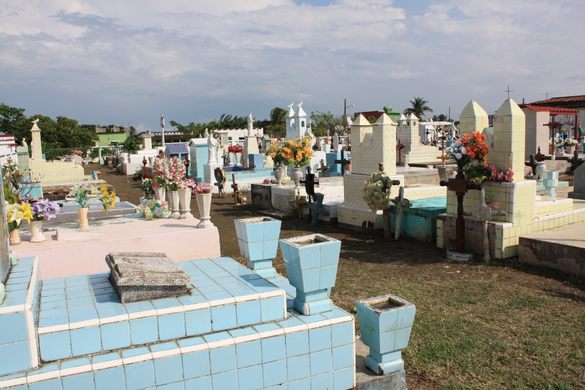
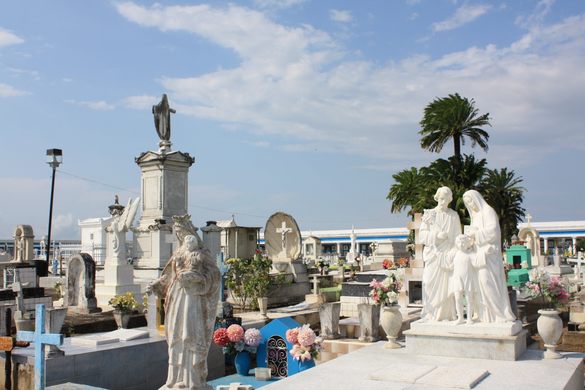
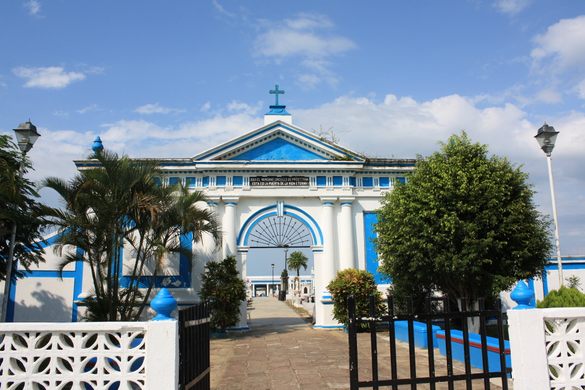
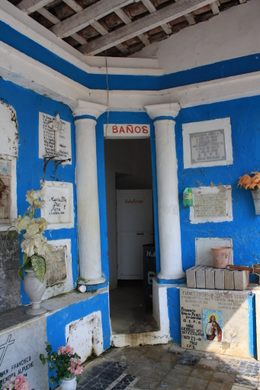
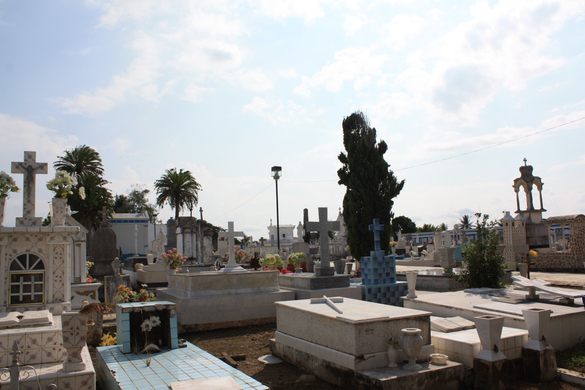
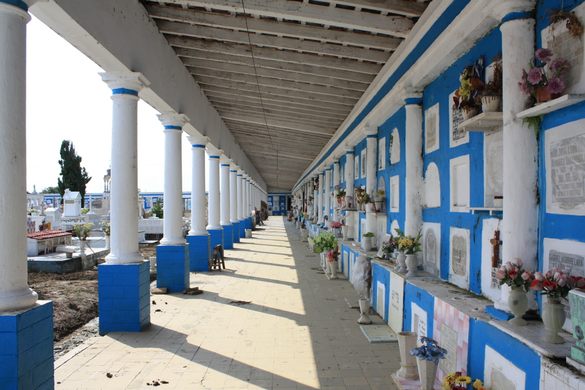
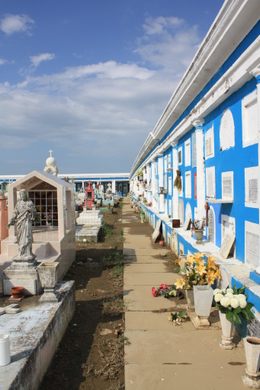




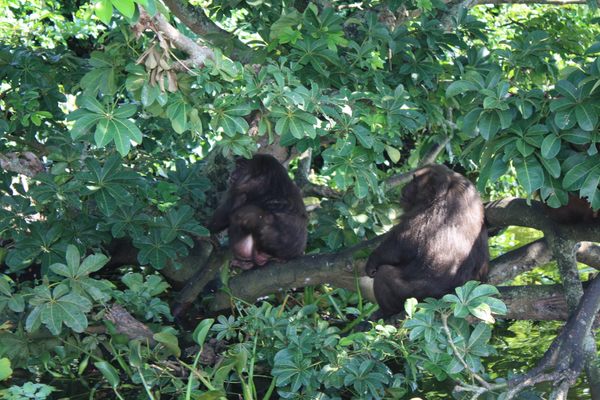

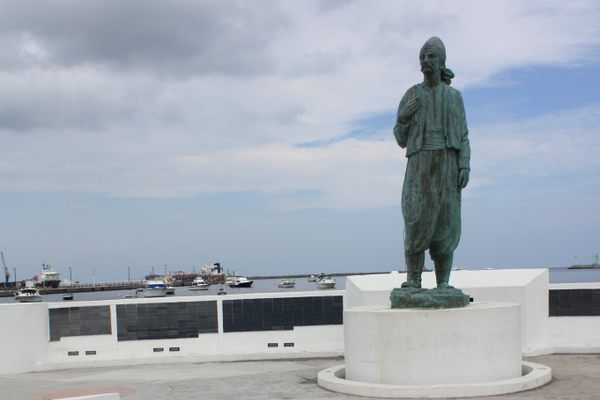





Follow us on Twitter to get the latest on the world's hidden wonders.
Like us on Facebook to get the latest on the world's hidden wonders.
Follow us on Twitter Like us on Facebook